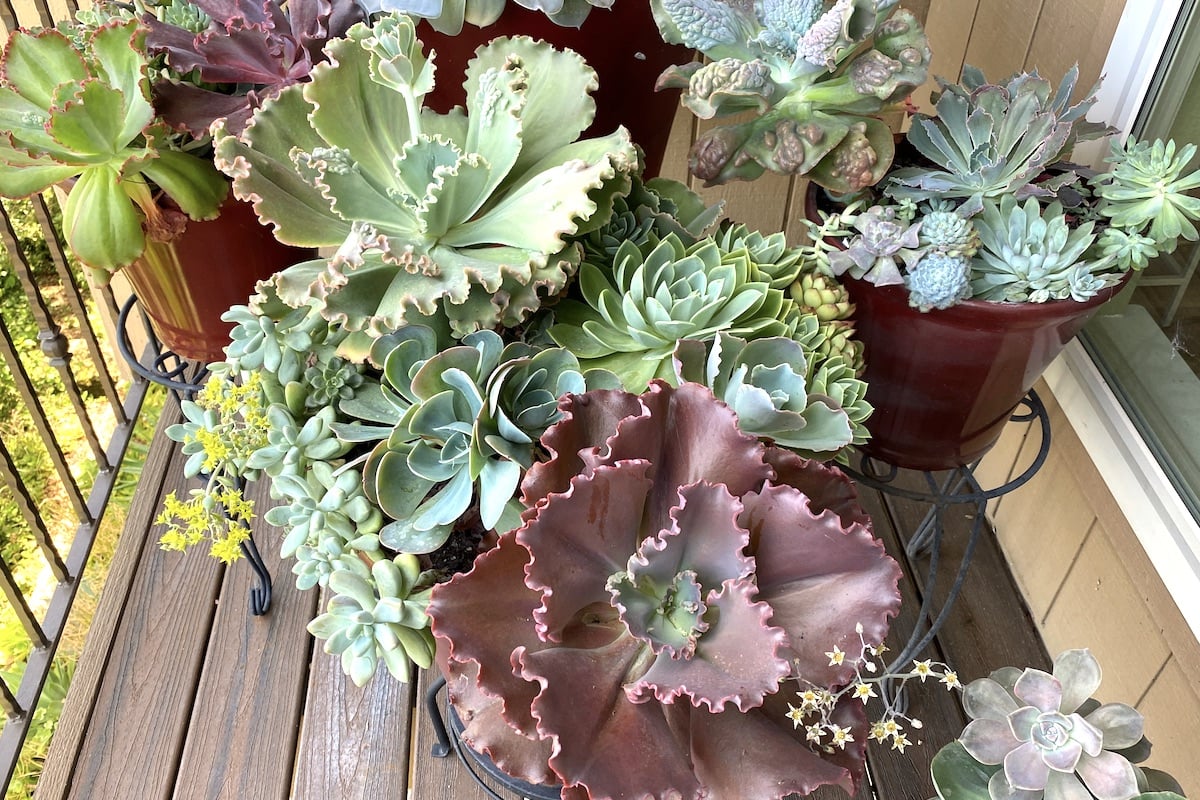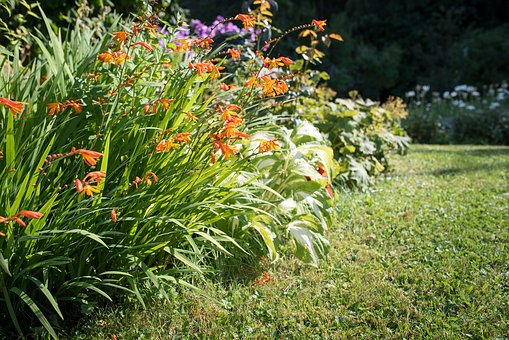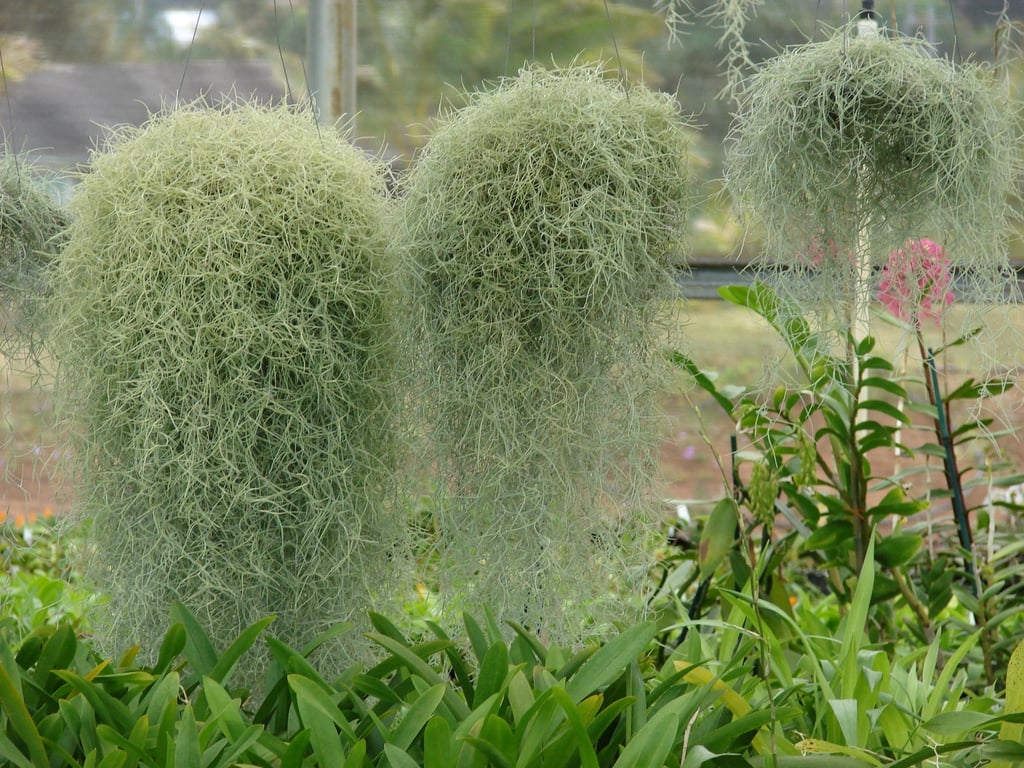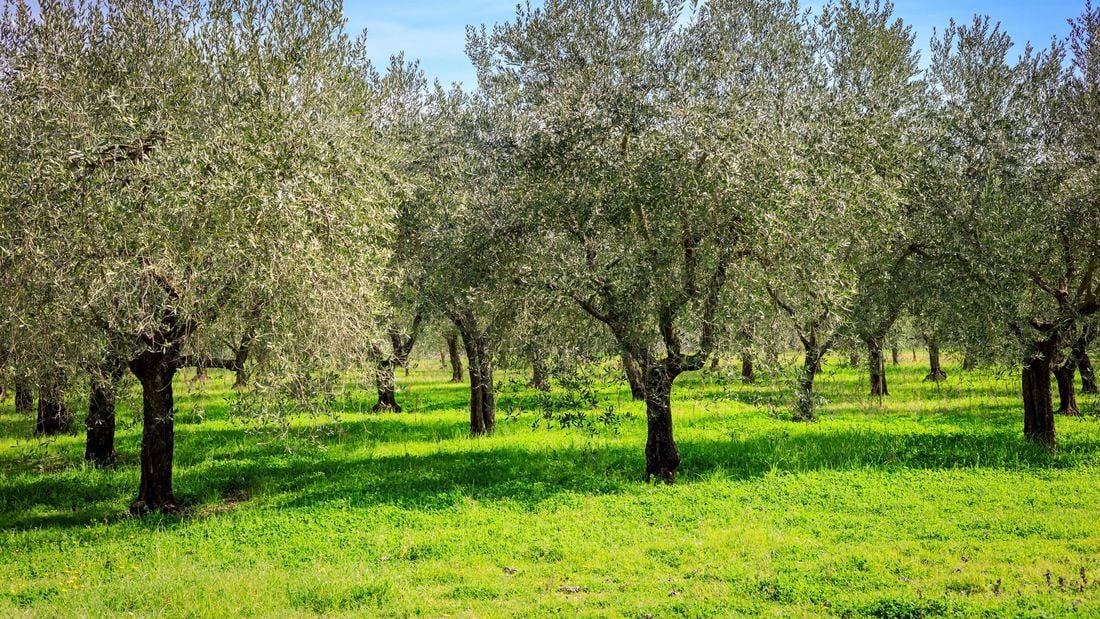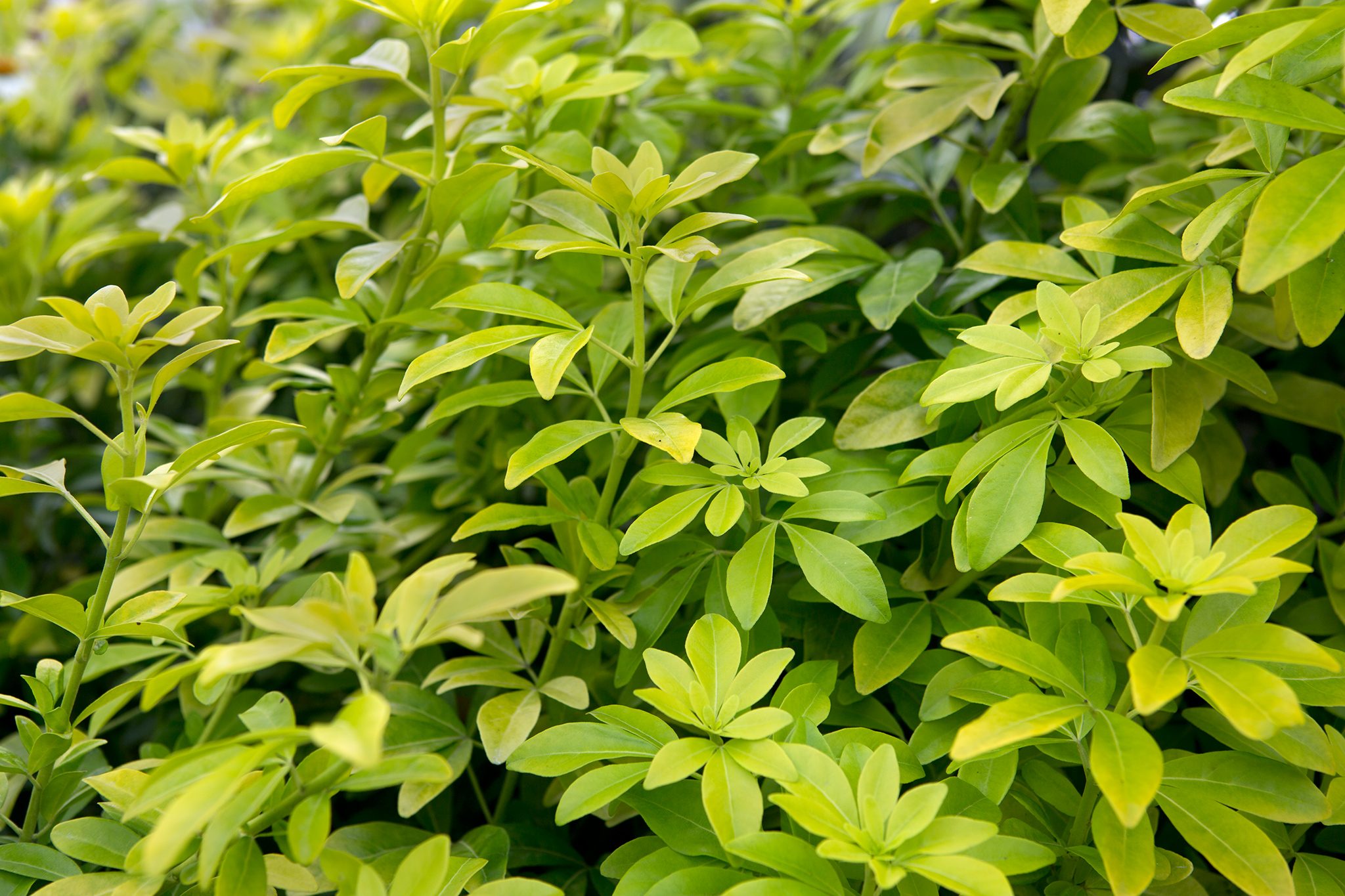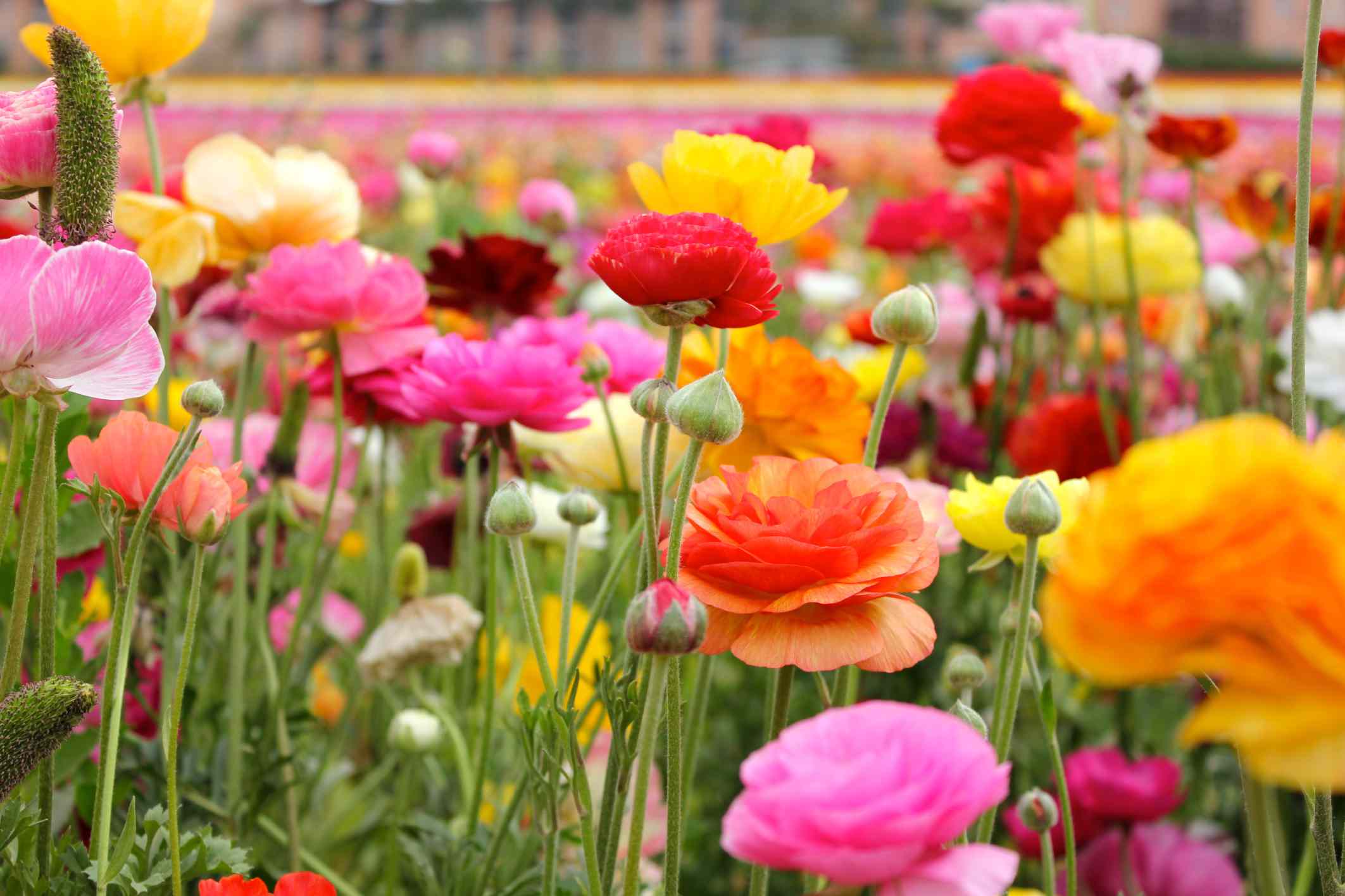Guide to Growing and Caring for Dierama Plants
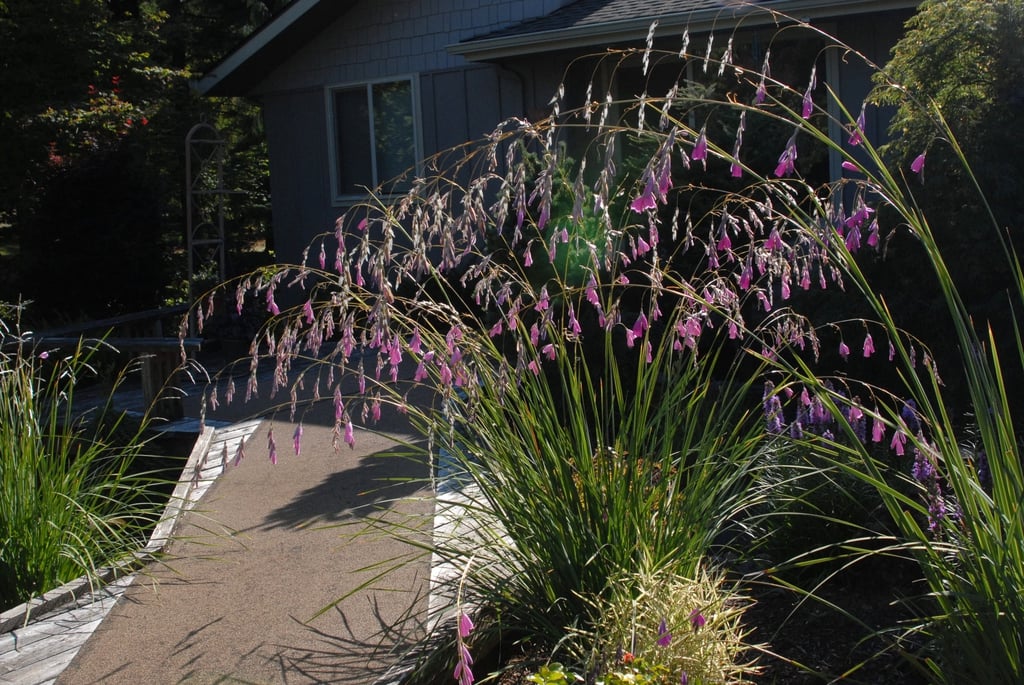
Table of Contents
Who would not like a plant that is disease free? Not only does this angel’s fishing rod have continuous growth, but it also comes in bright shades, soothing the surroundings. Although the flowers take four long years to grow from seed, the process is worth the wait. These funnel-shaped flowers belong to the tropical region of South Africa but can be grown and cared for almost everywhere.
It needs a proper amount of sunlight, ample water, and nutritious soil to flourish. This ornamental flower requires a vast stretch to grow once it starts germinating. Dioramas are water-loving plants, and they like to be planted in well-drained, wet beds that are not water-logged. For these wandflowers to grow every year, it becomes inevitable to choose the best mixture of soil and slow-releasing fertilizers.
Take a glance at the growing and caring tips of Dierama and get every detail you need to know about these wandflowers.
How to Grow Dierama from Seeds?
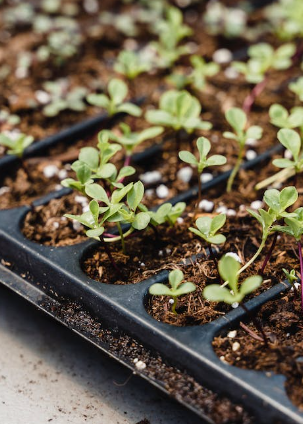
Although these plants take a few years to yield flowers, their germination into curvy stems with each passing year gives them an ornamental look. The first and foremost condition when growing a dierama comes to mind is choosing the right mixture of soil or making one from scratch. as it is one of the prime factors in their growth.
Initially, the dierama seeds can be contained in a well-drained pot or tray, and later on, they can be propagated to a larger vessel with each passing germination phase. The most appropriate time for sowing these seeds is between late August and September. The best part about these plants is that one can sow the seeds from pre-existing dierama plants, also known as corms, and get a totally new shade of flower.
Here are some tips on Dierama growing and caring that will help you with your DIY garden project.
1. Preparing the Soil to Plant Dieramas
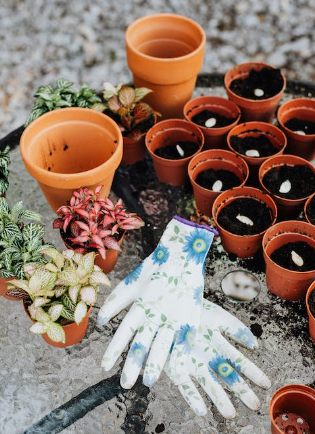
Once the foundation, i.e., the soil, is nourished with all the prerequisites, the results can be seen at regular intervals in the form of arched stems. In the making of a diorama soil mixture, an amalgamation of different soil is involved. This includes topsoil, a recycled grow bag that is deficient in nutrients yet offers the plant in the pot air and retains water as well because it requires effective drainage. The water is made to flow through a lot of coarse sand, which prevents these seeds from becoming a water source. Consequently, fertilizers must be thoroughly combined with all of these ingredients.
These slow-release fertilizers play a vital role in establishing the roots. The ingredients that go well with the diorama’s growth include fish bone and blood, chicken pellets, or a horn or a hoof. The most recommended fertilizer is one that includes fish bones and blood. A hole that can subsequently be filled in with stones is required before sowing these herbaceous plants since a drainage outlet is crucial when planting a dierama in a container.
2. Choose the Correct Location

Dioramas are very particular when it comes to water and sun. They should be planted in an area where generous sunlight is available. This does not mean that garden enthusiasts in the colder regions cannot enjoy these wandflowers.
If the sowing is initiated in a small pot or tray, after a year, arched stems will distinctly appear, and they can be easily transplanted outside. One thing to be kept away from these wandflowers is frost. In snowy regions, it is recommended to keep the dioramas indoors.
An adequate season for planting a dierama outside is spring when the frost is melted and has appropriate sunlight. To avoid any kind of damage, it is suggested while planting the dioramas outside, soil composition should be kept the same as the sowing one. In regions where sunlight is an issue, these angel fishing rods can be shifted in a well-equipped garden.
Usually, Dieramas are low maintenance. All they require is a nutritious base, staying moist in heat and bright light. This plant is resistant to pests, but a shot of slowly releasing fertilizer is advised just for a robust outcome. A few issues that can arise with these perennials are the leaf turning yellow, or the plant’s blossoms have faded; in this case, cutting off the flowering stems should be considered.
3. Know Your Soil and Surrounding
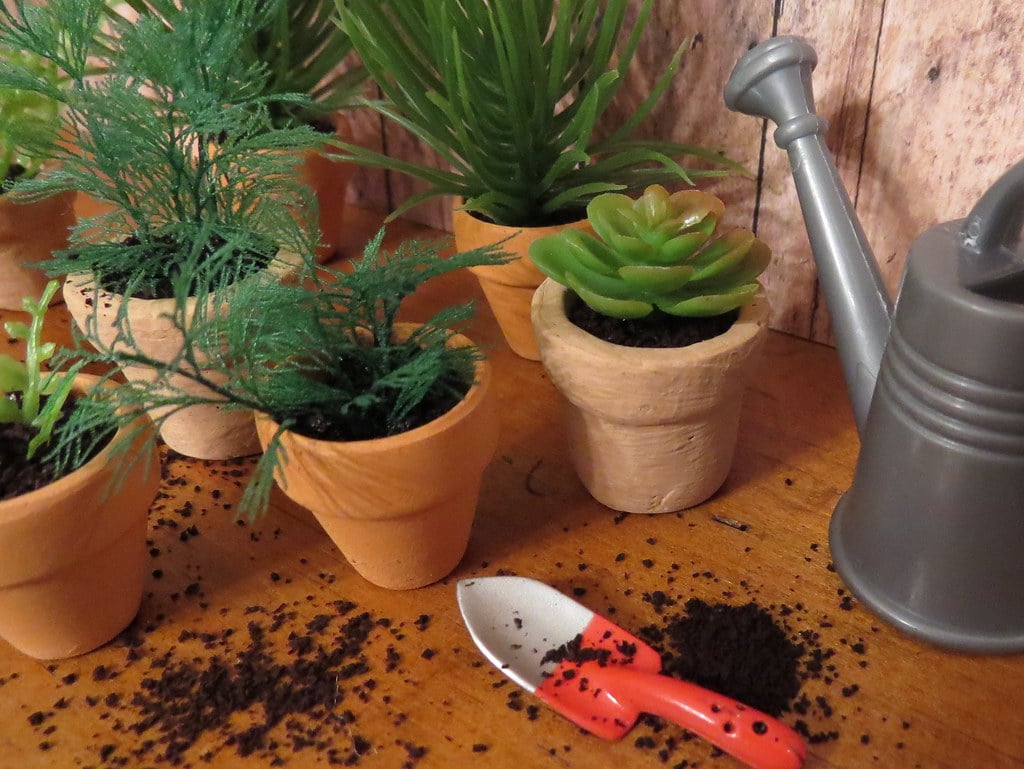
Even though a soil setter can form a base for the growth of dioramas, there is a necessity to know the original pH and type of soil in your garden. Dierama would thrive on chalky or sandy soil that has been improved with organic compost or humus and a subsurface layer of gravel or perlite.
Although slightly more acidic or alkaline soil will do, the optimal range for soil pH is between 6 and 7.1, which is mildly acidic to neutral. Once you transplant your dierama in the open, it is likely to undergo a transplant shock. Hence it is very important to keep these plants away from high humidity and temperature. This can lead to poor foliage growth.
To know about the adequate condition to grow a wandflower, one must cross-check with the USDA Hardiness Zone. Depending on a variety of environmental factors, including a plant’s capacity to resist the zone’s minimum temperatures, the USDA hardiness zone is a geographical classification of the area in which a certain type of plant may thrive. The adequate USDA hardiness for dioramas is between 7 to 10.
For germination, the appropriate temperature should be 60°F. With the exception of the coldest of these zones, where its foliage will become weaker in the winter, it is evergreen and winter-hardy to 5°F.
4. Maintenance
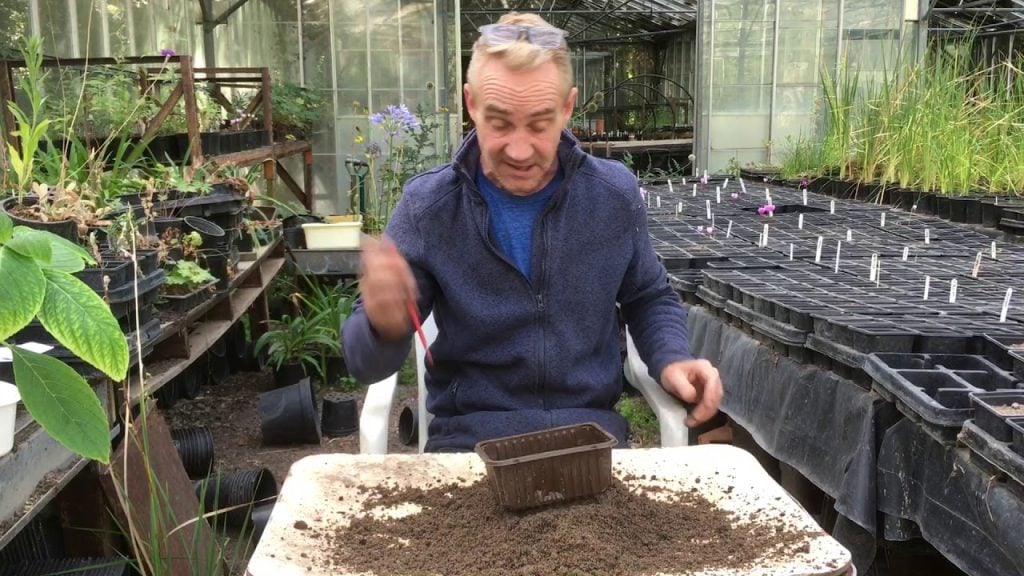
The sowing can be carried out in a pot or a seed tray, but these angel fishing rods can grow up to 4 to 5 feet which can go great at the garden walkway. It is advised not to transplant dioramas on a frequent basis once they have set their roots in the open. Spring season is the most feasible one to plant a dierama outside; this provides it with an ample amount of time to bloom flowers in abundance.
Dioramas have to be maintained at regular intervals. A little pruning or trimming can make room for fresh stems to grow. Using sterile pruning shears, dead can be removed or pruned back. All pruning should be done in the early spring before the start of new growth.
Summing Up
In conclusion, when these arched stems and bulbous flowers sway alongside your garden, they add aesthetics to the place. Keeping in mind the above tips can help anyone grow these wandflowers hassle-free. It’s tried and tested by many garden enthusiasts. Looking forward to your experience that was worth a wait on the dioramas!
Trowel the wandflowers corms now and share your feedback on our social media!
Subscribe for more floriculture insights!!!
Frequently Asked Questions
What Kind of Soil Is Suitable for Dieramas?
Dierama would thrive on chalky or sandy soil that has been improved with organic compost or humus and a subsurface layer of gravel or perlite. It is advised to grow dierama in a site that is open to the sun and has moist, well-drained soil.
What Kind of Weather Is Suitable for Dieramas?
Dieramas flourish in bright light, but they are intolerant to humidity and high temperature. A sunny spot with well-drained soil will help it grow in abundance. To avoid any kind of damage, it is suggested while planting the dieramas outside, soil composition should be kept the same as the sowing one. In regions where sunlight is an issue, these angel fishing rods can be shifted in a well-equipped garden.
What Do You Do with Dieramas in Winter?
If the dieramas are potted in a container or tray, they should be kept indoors in an area where it receives an ample amount of sunlight and hibernates. Frosting can cause damage to dieramas. Dierama needs frequent watering during the summer. The corms of the plants need to be protected from moisture more than ever in the winter.
What Is the Habitat of Dierama?
Dieramas like to be planted in well-drained, wet beds that are not water-logged. They thrive in a sunny environment. The majority of species can be found in savannahs and other grasslands, where the soil is often indifferent to poor.
What Does Dierama Look Like?
Dieramas are also known as angel fishing rods or wandflowers due to their curvy stems with hanging bulb-shaped flowers that sway in the breeze, giving them an ornamental look. In warmer winter climates, the moving grass-like foliage is evergreen and reaches heights and widths of around 2 feet.

